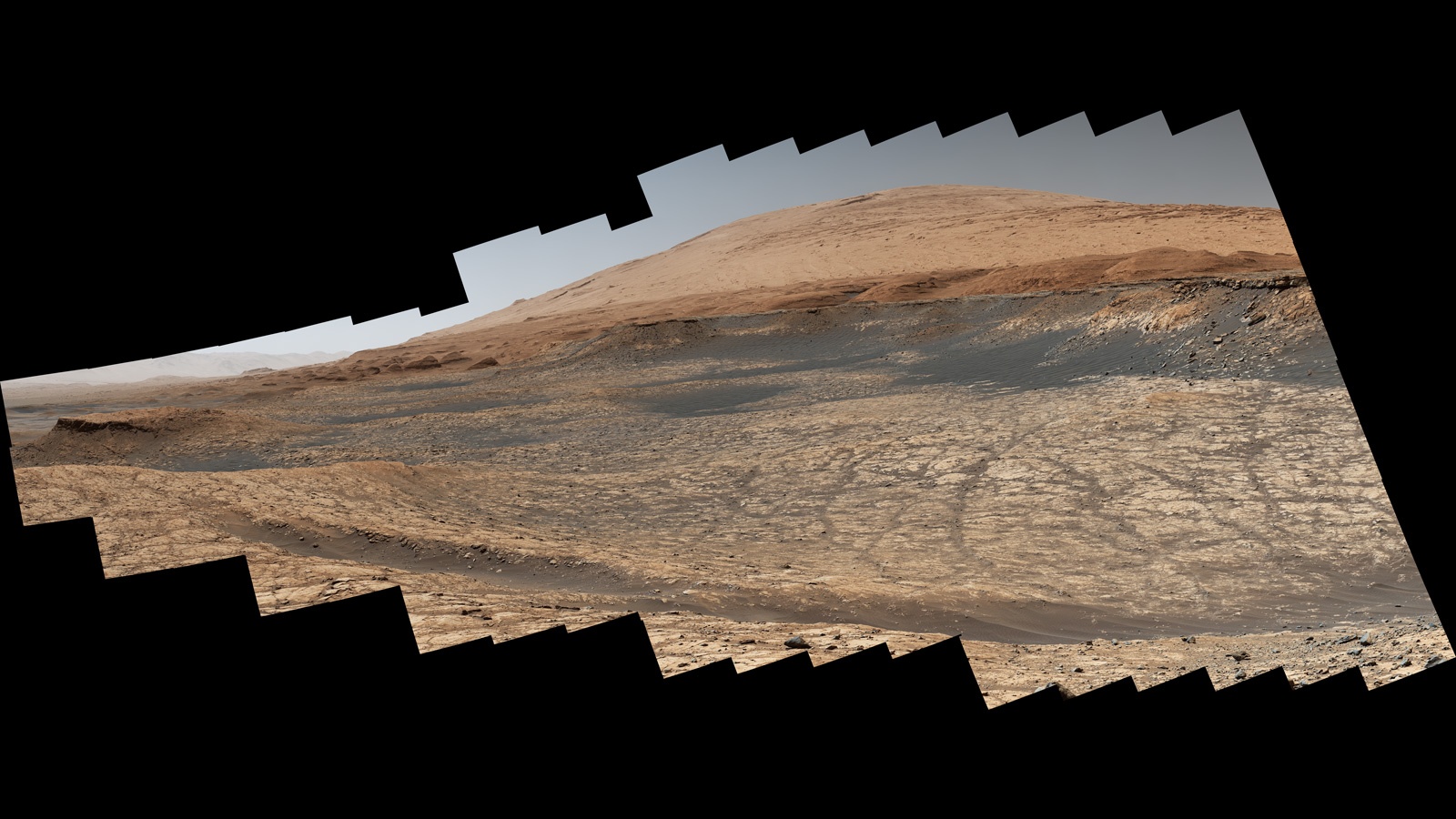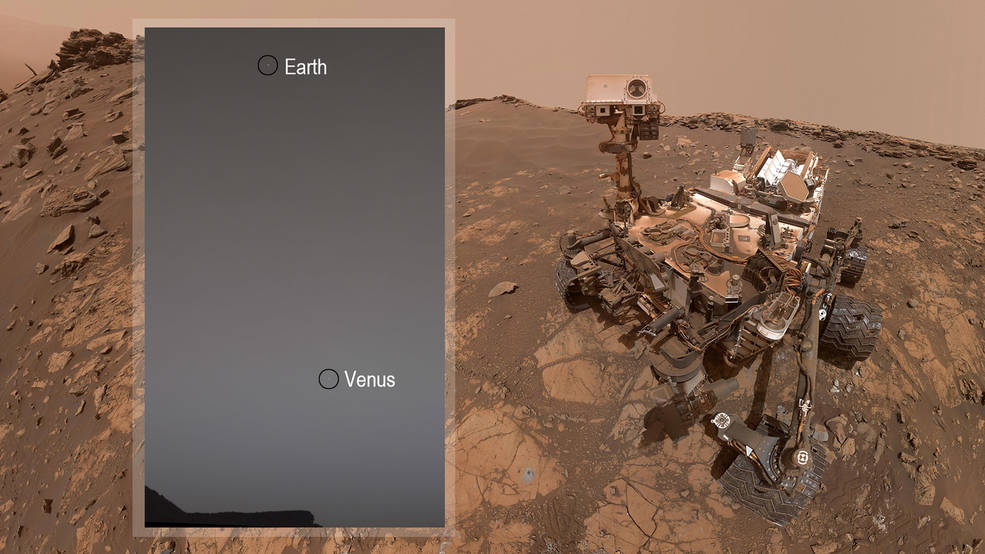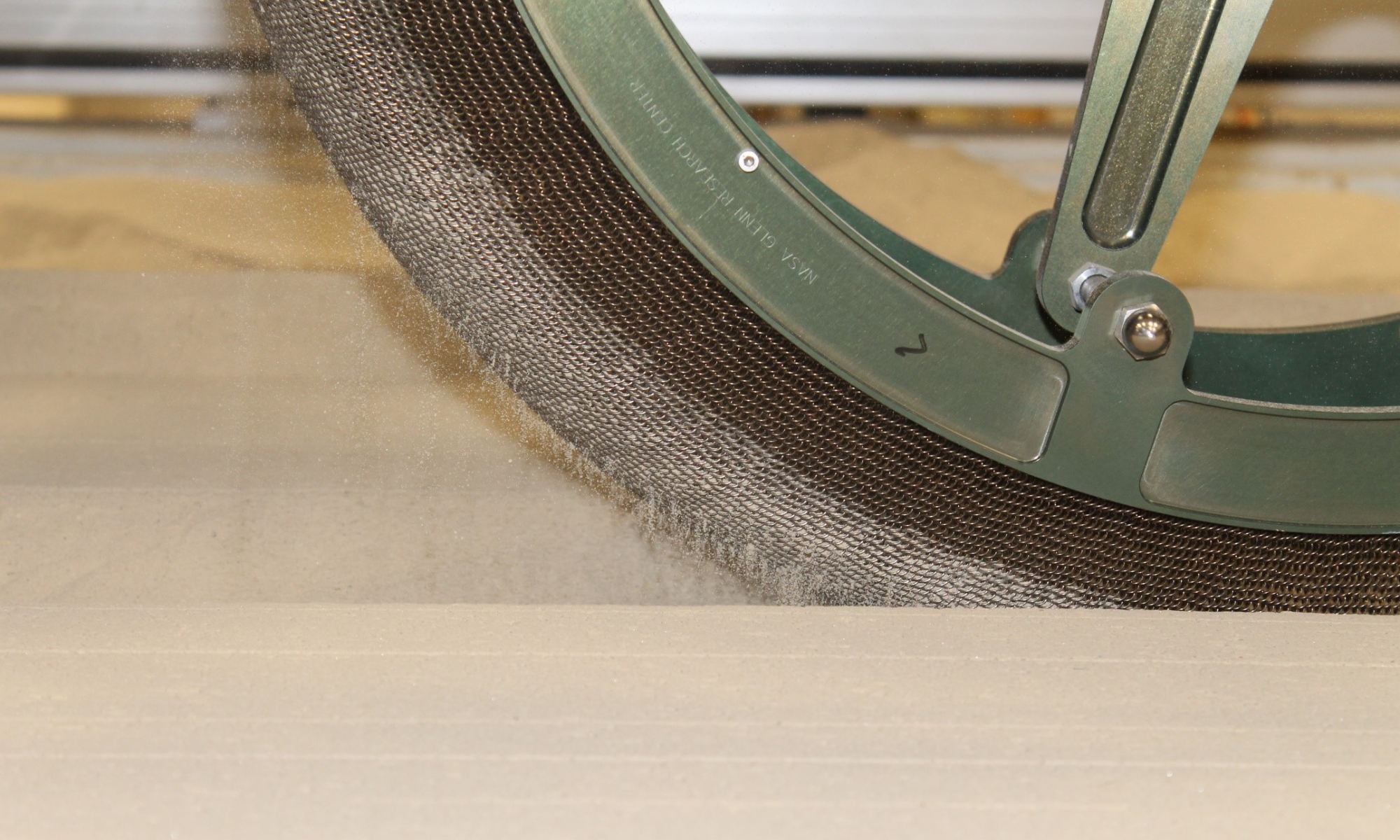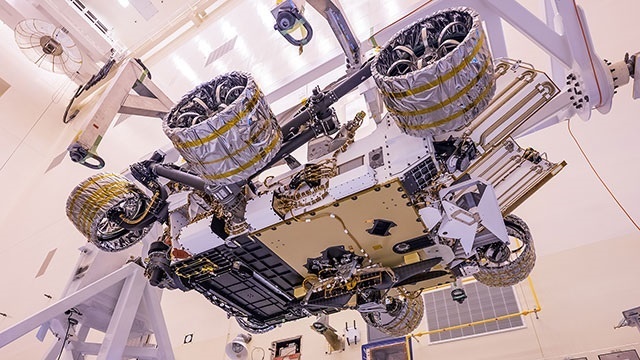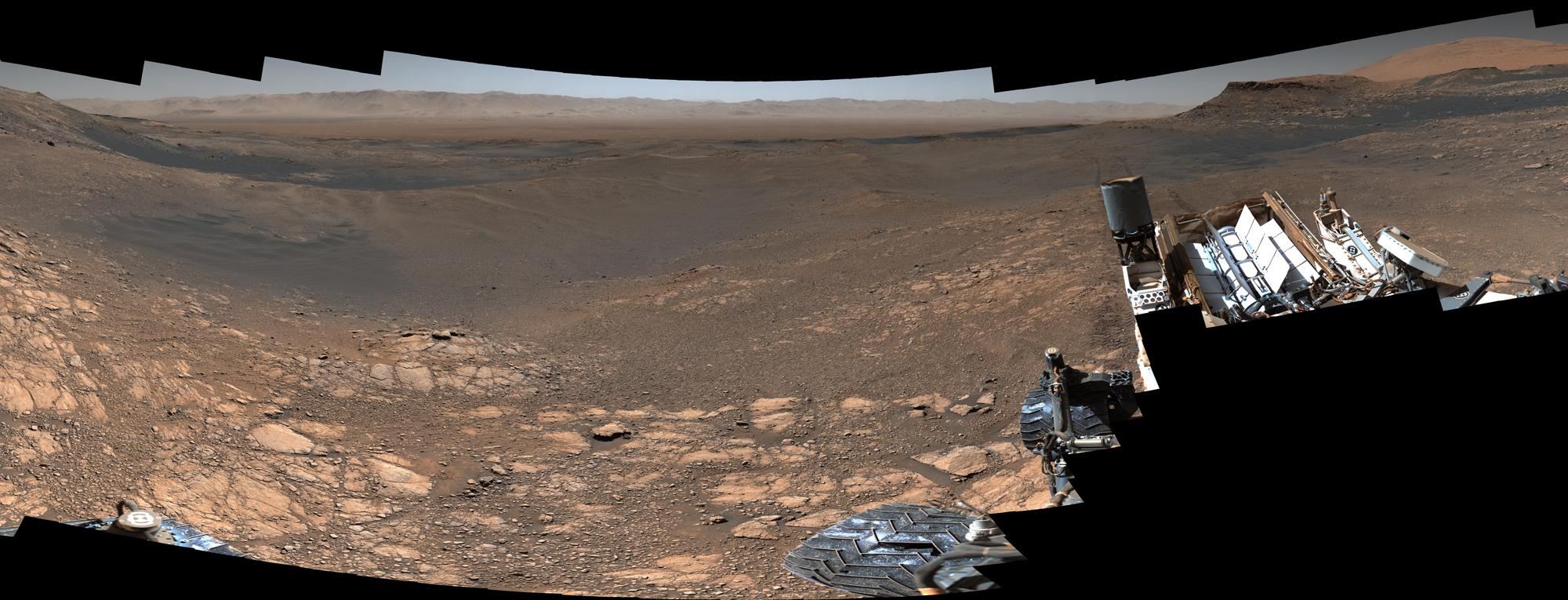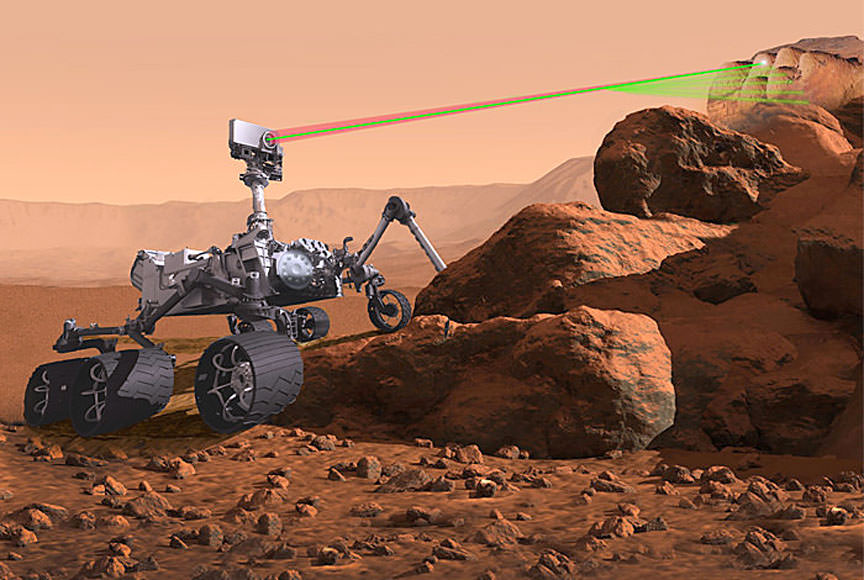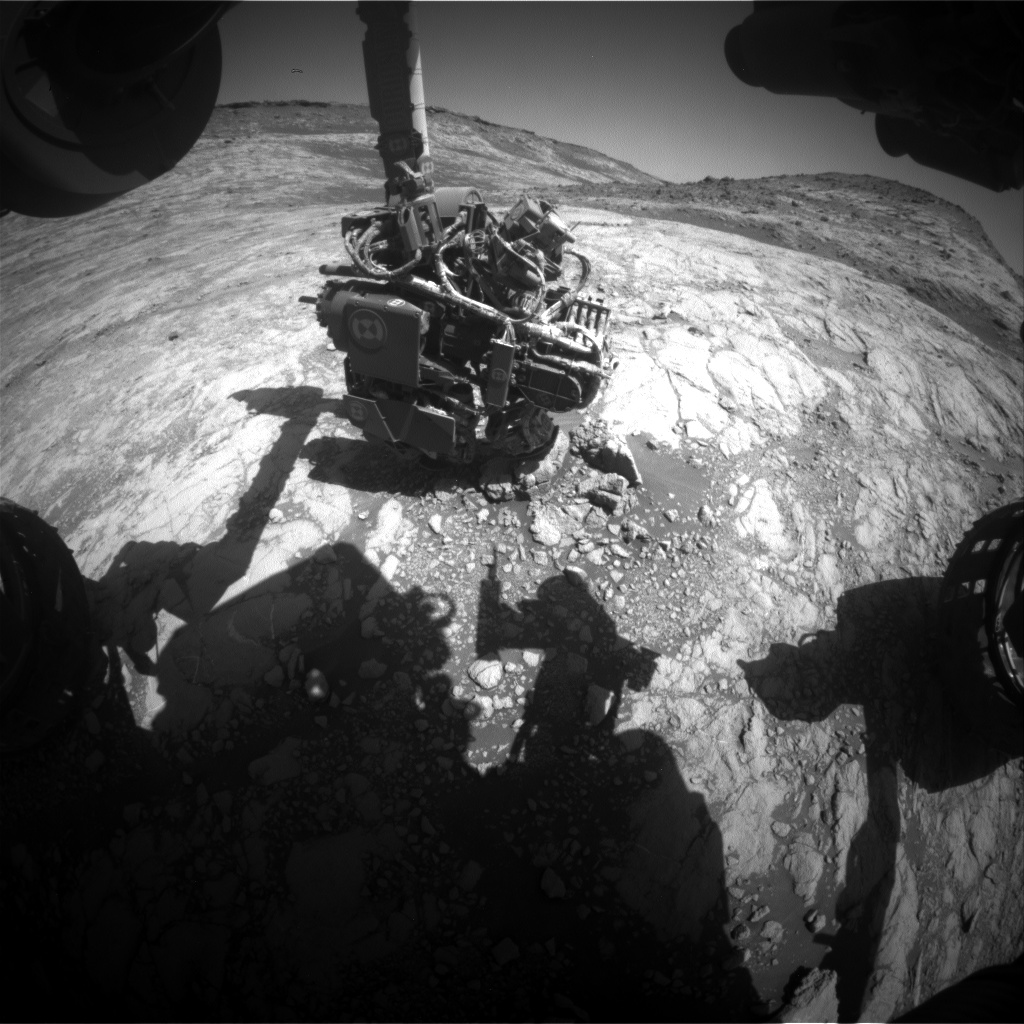People have been speculating about the possibility of life on Mars for centuries. But it’s only since the 1970s and the Viking 1 and 2 missions that we have been able to search for it. After many decades, evidence has mounted that Mars may have once supported life (like the existence of flowing water and organic molecules), but evidence of present-day life has remained elusive.
Unfortunately, according to a recent study by an international team of scientists led by the Spanish Astrobiology Center (CSIC-INTA), it’s possible that the surface of Mars was bathed in acid and alkaline fluids that destroyed all evidence of past life. These findings could have serious implications for upcoming missions to Mars, which includes NASA’s Perseverance and the ESA’s Rosalind Franklin rover.
Continue reading “The Surface of Mars Might Have Gotten an Acid Bath, Obscuring Evidence of Past Life”

